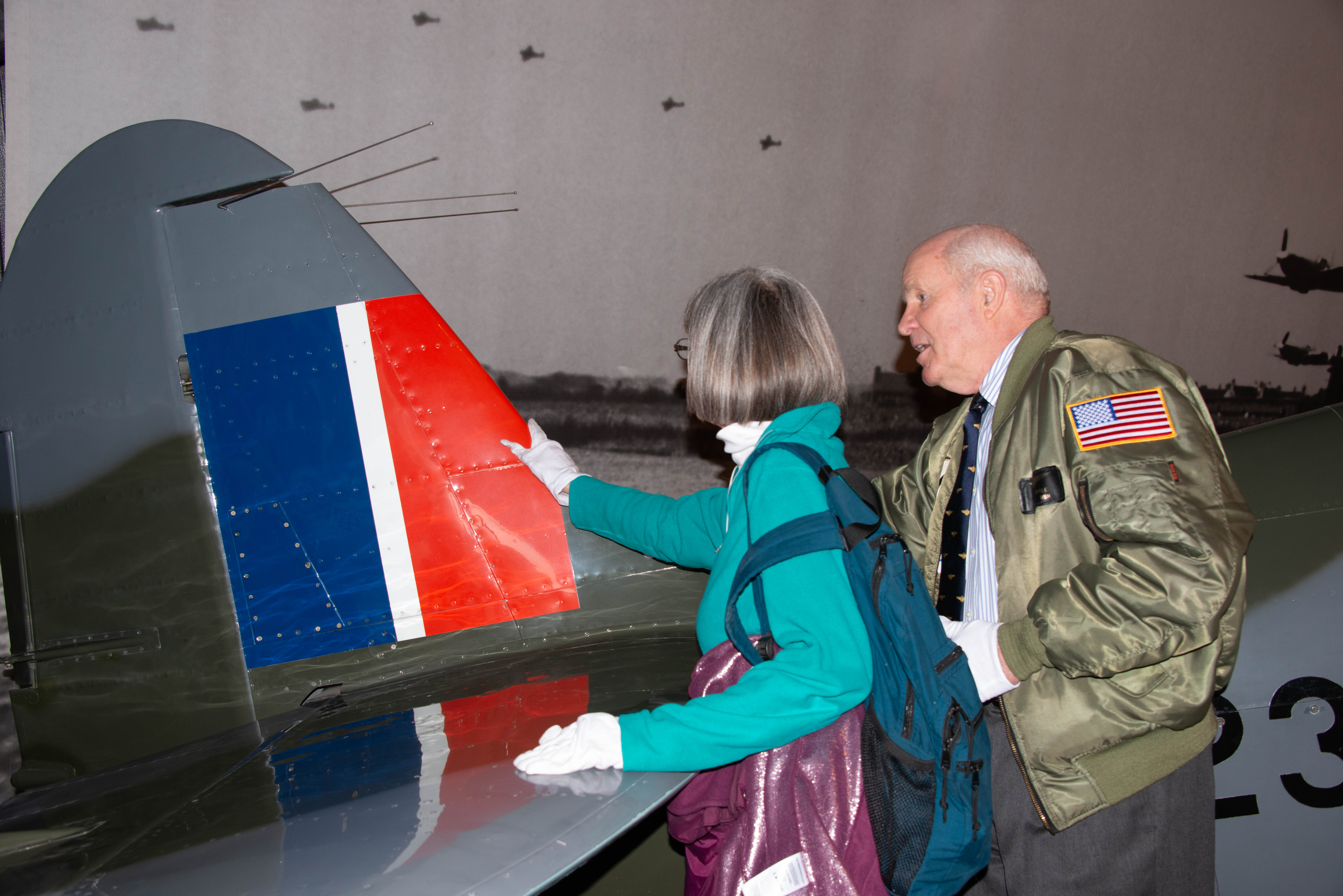My Perspective: Rediscovering Museums with Tactile Tours

By Sara Streeter:
Sara Streeter spent her career as an accounting and finance professional. Now retired, she loves to be outdoors, travel and volunteer as an animal advocate. She uses assistive technology to deal with her vision loss from degenerative myopia and is passionate about making the world more accessible.
I used to love going to museums. The first time I was in New York City, I spent an afternoon at the Metropolitan Museum of Art. I started in the galleries with the European paintings, carefully studying the images and reading the descriptions. Several hours later when it was time to leave, I was still there. Today, with my vision loss, such an afternoon would not be possible. As a result, for several years, I simply avoided museums. They were an exercise in frustration. I could no longer read the signage, and most of what was on display was lost on me.
But today, more museums offer “tactile tours” for those with visual impairments. A tactile tour is just what it sounds like—a tour that gives a visually impaired patron an opportunity to touch the exhibits themselves or small models of some of the items on display.
My first tactile tour was at the Smithsonian Air and Space Museum in Washington, D.C. Our first stop was to see the world’s first airplane, built by the Wright brothers. It hangs from the ceiling and looking up I could make out a biplane of some sort. Then my guide opened a case and handed me a model of the plane. He explained how it worked, and I could feel with my hands what sighted visitors appreciate with their eyes. The two-hour tour featured a variety of “hands on” exhibits. It was a revelation. Museums, at least some of them, could be part of my life again.
I’ve since done three more tactile tours. Two were in Seattle, one at the Museum of Flight and the other at the Museum of Pop Culture (MoPOP). At the Museum of Flight, our tour started before the Museum opened to the public. There were several guides and several family groups, each accompanying a person with a disability. The focus for the day was on World War II aircraft. Guides removed the ropes blocking access to several of the planes, and we could get close and explore them with our hands. It was another terrific tour.
Unfortunately, the MoPOP tour was not as successful. I discovered that some types of exhibits are simply hard to enjoy without sight. Most of the display cases had pop culture artifacts that were glassed in and almost impossible to make out in the dim light. And if I wasn’t familiar with the cultural reference, all the description in the world didn’t help.
From these experiences, I’ve learned that certain subjects lend themselves more readily to tactile experiences. Exhibits of paintings and murals, for instance, aren’t good candidates for this type of tour. That said, museums can create models of many types of artifacts and use them to benefit visually impaired guests.
If you are interested in trying a tactile tour, I would suggest the following steps:
- Think about the types of exhibits and whether they could even be put into a tactile form.
- If your chosen museum seems like a good candidate, contact the museum, and ask about tactile or touch tours. (If they have no idea what you’re talking about, take the opportunity to educate them.)
- If a tactile tour is available, ask about costs, physical requirements, length, and whether you will be one on one with a docent or part of a group. So far, I haven’t had to pay extra for the tours, but I was expected to pay the normal museum entrance fee if I planned to remain in the museum after the tour.
Finally, if a tactile tour isn’t available, consider how you might use your smartphone to enjoy the museum. The Seeing AI app for iOS does a great job of reading short text, so you can point it at signs or exhibit descriptions and hear about the display. Check to see if the museum has an app with audio tours that direct you through an area and describe what’s there. Even a regular guided tour can help you appreciate some of the offerings. Visiting a museum after vision loss can still be enjoyable if you acknowledge that the experience will be different and embrace the opportunity to see with your other senses.
Disclaimer:
The views and opinions expressed in this article are the author’s and do not necessarily reflect the official policy or position of the Montana Family to Family Health Information Center, the Rural Institute for Inclusive Communities, or the University of Montana.

